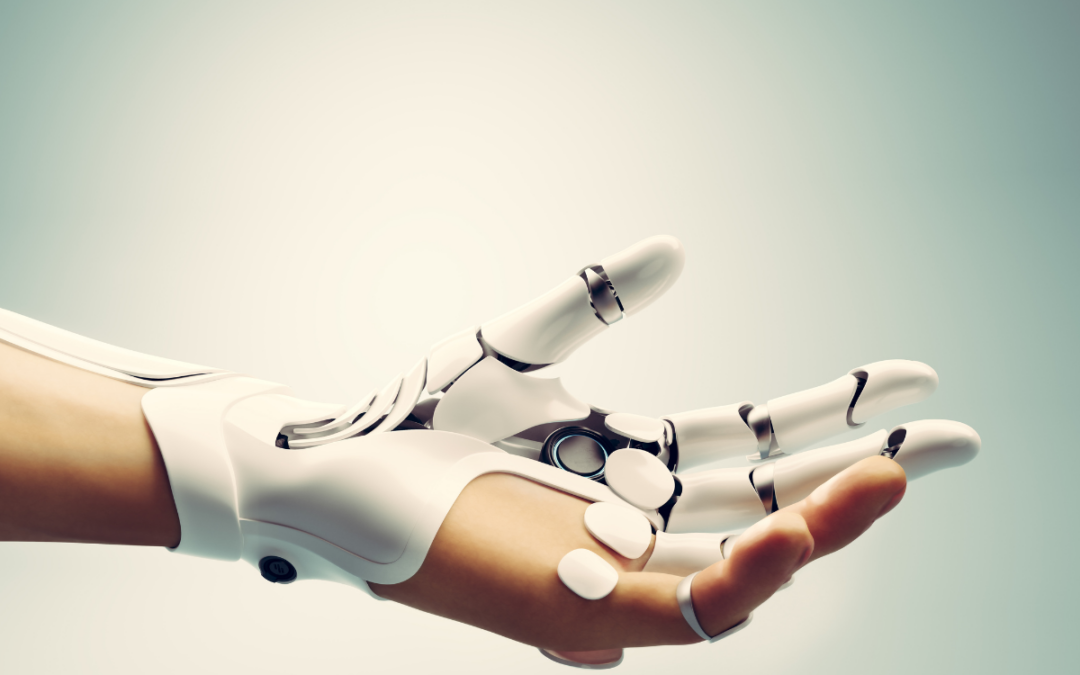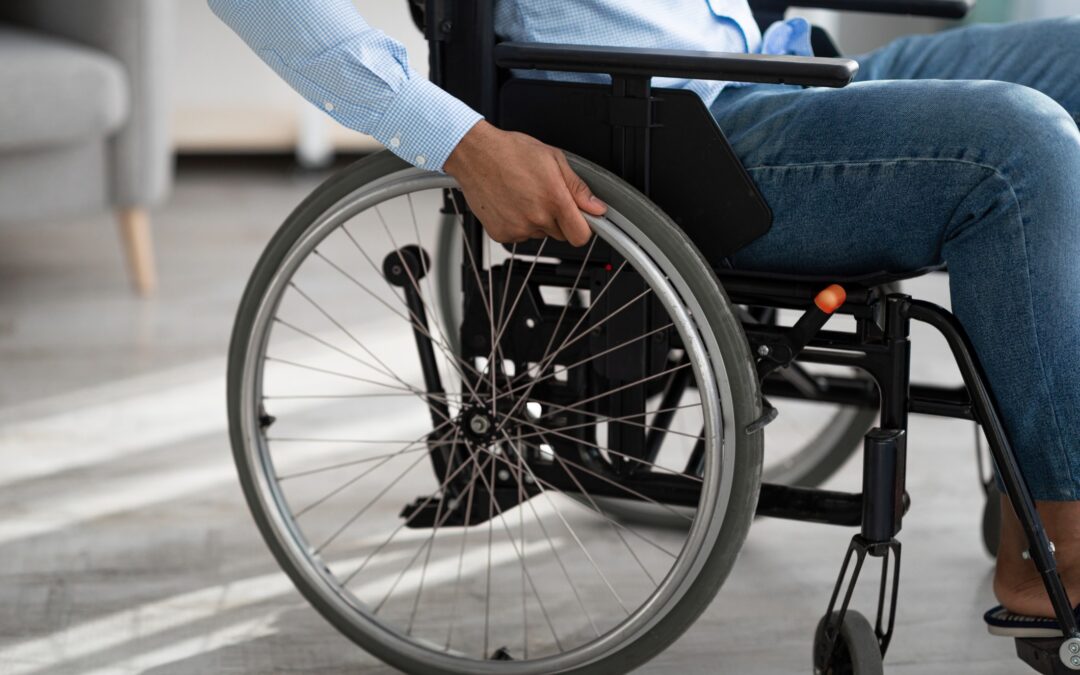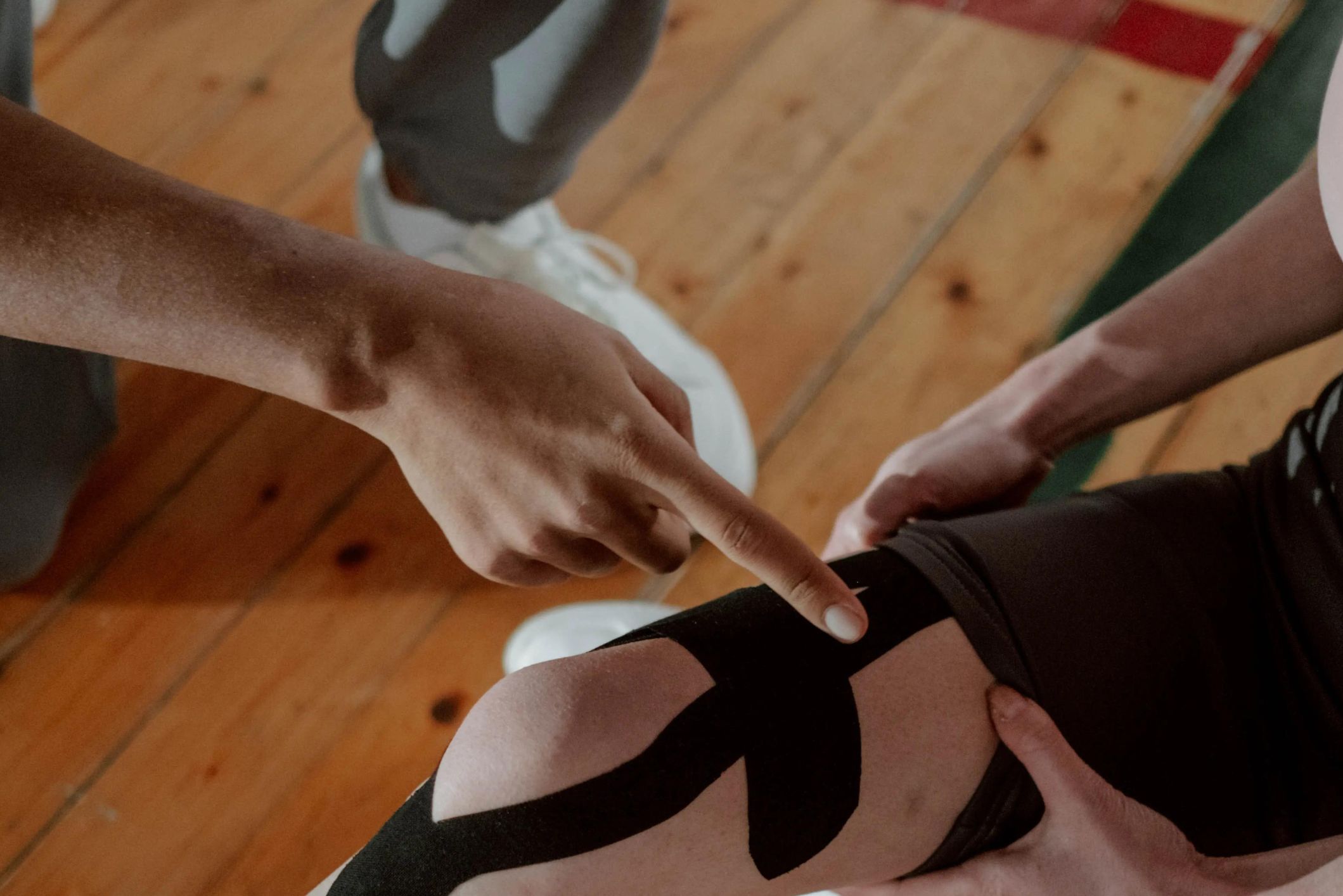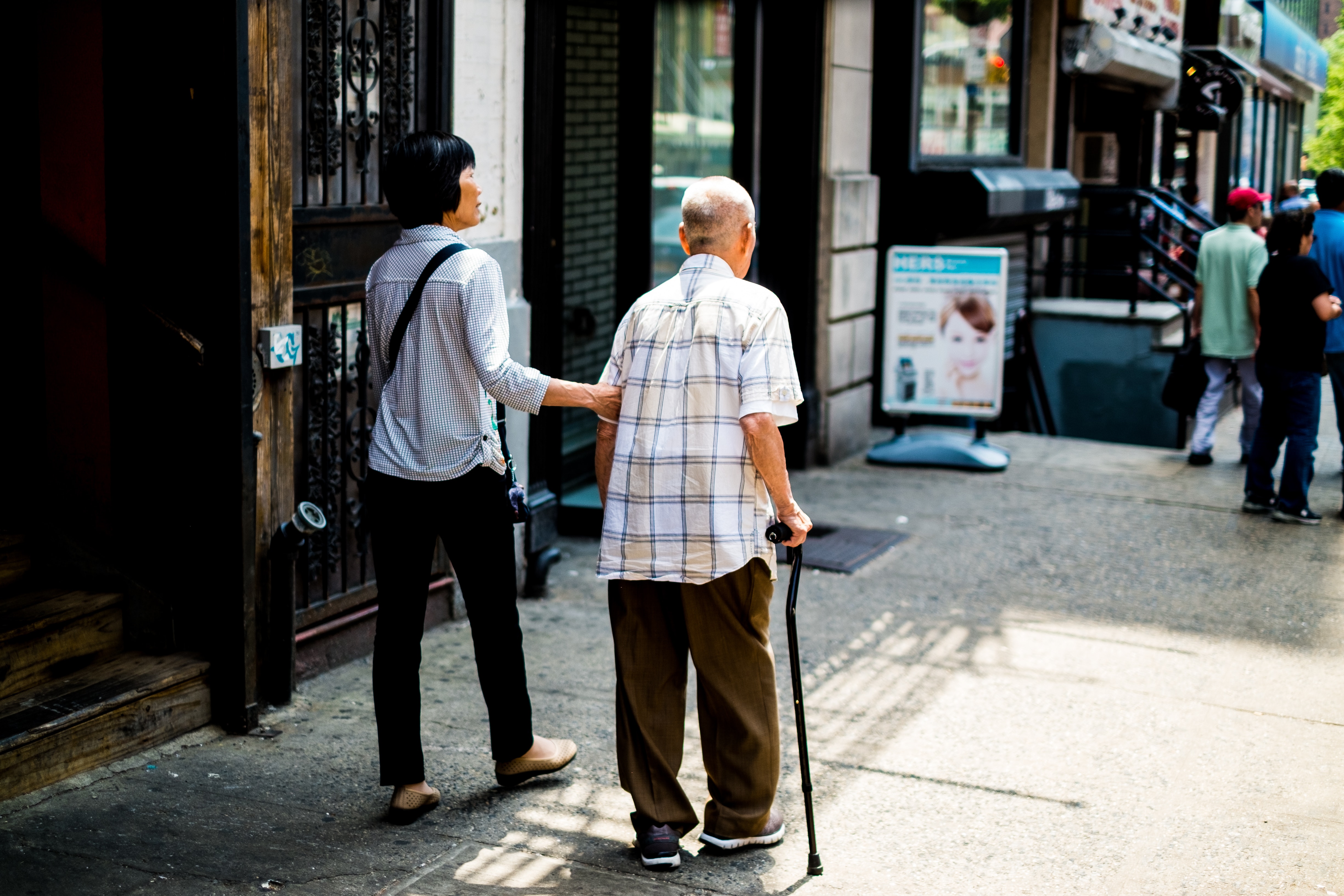Innovations
Elevating Healthcare with Innovative Solutions
WHO defines health innovation as a new or improved solution with the transformative ability to accelerate positive health impact. WHO’s Innovation Scaling Framework illustrates the multi-partner collaborative approach WHO is taking to scaling innovation by linking three dimensions of innovation scaling: 1) the health demands and priorities of countries, 2) the supply of ready to scale innovations, and 3) assessment throughout from incubating (through partners) to implementing and sustaining innovations.
* World Health Organization. Source: https://www.who.int/teams/digital-health-and-innovation/health-innovation-for-impact

ChatGPT or DeepSeek – Are They Useful for Diagnosing Asian Patients?
Large language models (LLMs) such as ChatGPT (e.g., GPT‑4) and emerging tools like DeepSeek offer support in symptom interpretation and triage. However, their effectiveness for Asian patients may be limited by training data that is predominantly based on Western criteria or information.

Using AI chatbots for Medical Information – How to Prevent Fake Medical News?
Do you still use online search engine to find medical information? AI chatbots like ChatGPT are taking over traditional search engines by offering fast, conversational responses. They now understand queries better and can even summarise online content.

New AI software research to diagnose medical problems
The release of Large-Language Models (LLMs) and chatbots built upon them such as ChatGPT and DeepSeek changed the way we use AI. These LLMs are the basis of Generative AI and they can generate new data, new information based on prompts. With them, we can create artworks, stories and reports with the right prompt and context.

FDA-Approved AI Software for Reliable Medical Information
Tech companies are putting artificial intelligence (AI) into their products such as consumer-grade medical devices and wearables like smartwatch to improve the ability of these devices to pick up and analyse data to give us information about our health.

Soft Robotics: Improving Patients’ Quality of Life
Advancements in medical technology continue to revolutionise patient care, and one of the most exciting developments is soft robotics. Unlike conventional robots we see in the movies, soft robotics in healthcare are designed with flexible and adaptable materials that mimic human muscles and tissues. As technology continues to offer better and more exciting innovations, soft […]

Common Types of Mobility Aids for the Elderly
In the grand scheme of things, economic prosperity and technological advancements have enabled the human race to live better and longer.

Sleep Apnea Aids
Snoring occurs when the flow of air through the mouth and nose is partially blocked during sleep. The sound of snoring is caused by the vibration of the tissues in the upper airway, including the throat, palate, uvula, and nasal passages. Various factors contribute to snoring and some of them are obesity, weak muscle tone in the throat and tongue, pregnancy and more.

Is it safe to use AI Chatbots for your health diagnosis?
In this article, we explore the potential benefits of using AI chatbots for health diagnosis and the challenges associated with implementing AI in the healthcare industry.

Innovative Hand Gloves to Improve Tremour and Stroke Recovery
Need a cup of coffee? Most of us reach out for that hot brew effortlessly without even realising that a complex system of musculoskeletal and brain processes is hard at work. However, for patients with reduced mobility, even grabbing a simple spoon may prove to be rather challenging.

Innovations in dermatology for acne skin
Acne, commonly found in the face, chest and back regions, can be a frustrating problem that many young people (and adults) deal with regularly, resulting in social embarrassment or detrimental psychological effects. Acne is a condition which develops in and around the hair follicles and their oil-producing glands (sebaceous glands) have the potential to scar a person’s face.

Innovations to detect COVID-19 infection more accurately and quickly
Constant vigilance of the situation and long-term preparations must be carried out in anticipation of dangerous mutations as the virus continues to evolve, and the possibility of the next big pandemic.

Using AI Chatbots to Manage Stress
Traditionally, there are several proven ways to manage stress. Stress management methods include regular physical activities, relaxation techniques, getting enough sleep, social support, having a balanced diet, and positive thinking among a slew of recommendations by mental health professionals.

Smart Wearables to Monitor Glucose Levels
With the rise in computing technology, the development of smart wearables has grown significantly, allowing users to track and monitor various health and fitness metrics. In addition to the development of hardware, the rise of computing technology has also led to the development of sophisticated software and algorithms that can analyse the data collected by smart wearables.

Innovations to Manage Parkinson’s Disease
Parkinson’s disease (PD) is a degenerative condition of the brain associated with motor symptoms (slow movement, tremor, rigidity and imbalance) and other complications including cognitive impairment, mental health disorders, sleep disorders and pain and sensory disturbances.

Wearable Robotics to improve walking or prevent falls
Injuries to the spinal cord can lead to some extent of paralysis, causing permanent paralysis to a body region. In recent years, medical exoskeletons have attracted global attention to the possibility of being able to walk again.

Innovations in reducing food allergy complications
While many of us are fortunate enough to be able to eat almost everything we fancy without any serious reactions on a regular basis, there are a significant number of the global population who are allergic to certain types of food, some even potentially life-threatening.

Innovations to prevent falls in the elderly
According to the World Health Organisation, falls are the second leading cause of death from unintentional injuries globally. As seniors advance in age, many may need a holistic support system, including family, caregivers, and a residence that has been outfitted to accommodate the common frailties of age: reduced vision, decreased mobility, increased risk of falls and more.

Innovative insulin coolers for diabetic medicine during travels
With the increasing advancements in technology, living with diabetes can be a lot less stressful. Choosing cost-effective and the right storage equipment for your insulin medicine is important to a better quality of life, especially when you are someone who travels frequently.

Female fertility health: Conceiving naturally
Globally, with the predicament of declining fertility rates among many countries, especially in the developed economies, couples desiring children are becoming more open to exploring new and innovative ways to conceive a child.

Innovations to remove body hair without surgery
As technology improves over time, new and innovative body hair removal techniques present a variety of choices for people to go for the optimal hair removal method that suits their preferences and budget best.

Improve lighting during open surgery
Open surgery fundamentally requires the highest degree of clear visibility to work on the tissues or accurately diagnose a condition. That includes having the best illumination within the tight confines of the surgical field to reduce the risk of tissue burns and potential errors and to enhance patient safety.

Reduce diabetic foot problems through proper foot care
According to the World Health Organization (WHO), diabetes is a major cause of lower limb amputations, among other serious health complications.

Managing migraine without medication
With a significant proportion of the general population experiencing headache disorders, many of us are familiar with how debilitating migraines can be.

Innovations to improve sleep for insomnia
For many of us, the stresses of work and modern day living in the digital era have encroached into our bedtime, eating away the precious hours of sleep that our body requires for the healthy functioning of both the brain and the physical body.

